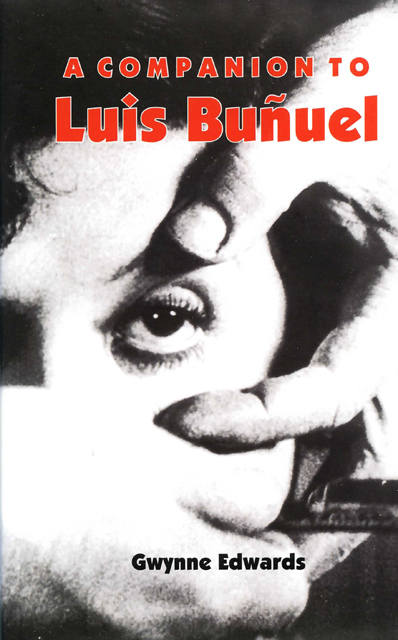Introduction
Published online by Cambridge University Press: 05 May 2023
Summary
The first half of the twentieth century is arguably, from an historical, cultural and artistic point of view, the most interesting period in modern times. In historical terms, no other era has witnessed two wars of such catastrophic proportions, and no previous age has experienced such a cultural and artistic explosion as that which saw the appearance, over a relatively short space of time, of movements as innovative and dynamic as Cubism, Dadaism, Expressionism, Futurism and Surrealism. The creative artists who came to the fore during the first thirty years of the century have become familiar throughout the world. In painting, Cézanne, Salvador Dalí, Max Ernst and Picasso quickly come to mind. In music, Stravinsky’s ‘Rite of Spring’ created a sensation in Paris in 1913. In the developing world of cinema, silent film, soon to be followed by the arrival of ‘talkies’, produced actors of the calibre of Charlie Chaplin, Buster Keaton and Harold Lloyd, and film-directors as influential as Eisenstein, Fritz Lang and Renoir. It is, though, Surrealism which, of the artistic movements mentioned above, has probably had the greatest and most lasting impact on future generations. More than a purely artistic movement, Surrealism consisted of a revolutionary attitude to life, a philosophy which, drawing in part on the psychoanalytical experiments of Freud, emphasised the importance of the unconscious, of instinctive desire, as opposed to the exercise of reason and logic, and which, because of its revolutionary aspect, also had a political dimension that allied it in some ways with Communism. Consequently, Surrealism, of which the Paris surrealist group of the 1920s and 1930s was perhaps the most important element, contained in its ranks both intellectuals and creative artists. André Breton, leader of the Paris surrealists, formulated its ideas. Among its painters, Dalí, Marcel Duchamp, Max Ernst and René Magritte figured prominently, Paul Éluard was a leading surrealist poet, and Luis Buñuel became by far the movement’s most important film-maker. Even though he left the surrealist group in 1932, he remained a true surrealist until his death fifty years later, by which time he had made thirty-two films.
- Type
- Chapter
- Information
- A Companion to Luis Buñuel , pp. 1 - 16Publisher: Boydell & BrewerPrint publication year: 2005

